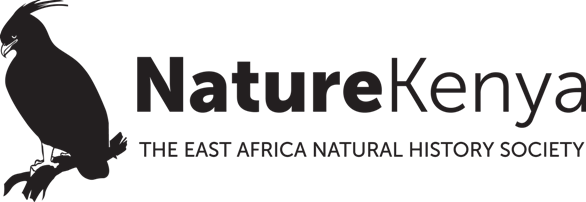The African Bird Club (ABC) has developed a free birding app ‘Birds of Africa’ as an identification guide which will eventually cover all the birds and countries in Africa. The latest version of this app can be downloaded from the App Store or Google Play for free.
Currently you can explore details of the birds of Kenya and 41 other African countries with more than 2,300 bird species.
As ABC is a registered charity, the app has been designed as a free resource for birders, guides, rangers, bird clubs and young people new to birding. It contains a wealth of detail including photos, sounds, text and maps to help the user to identify birds in their local area or elsewhere.
To date over 20,000 people have downloaded the app and users have said that it has transformed their birding. You can find further details at https://www.africanbirdclub.org/apps/.
You can see a video of the app’s use by Bird Clubs in Nigeria at https://www.youtube.com/watch?v=JdIkomOrXwQ&t=6s.
The development of the app has been made possible because of the work of volunteers in many countries. Rockjumper Birding Tours and Tasso Leventis have provided generous financial and content support, making significant contributions towards the development and maintenance of the app. The project has been managed by ABC volunteer, John Caddick.
For more details check the above links or email app@africanbirdclub.org.
The African Bird Club is a UK-registered charity with members from across the world. In addition to publishing a peer-reviewed Bulletin and raising the profile of birds and conservation in Africa, ABC has donated more than £570,000 to conservation and research projects in 48 African countries, including Dakatcha Woodland in Kenya.
Issued on behalf of the African Bird Club by John Caddick
+44 7710 529023
